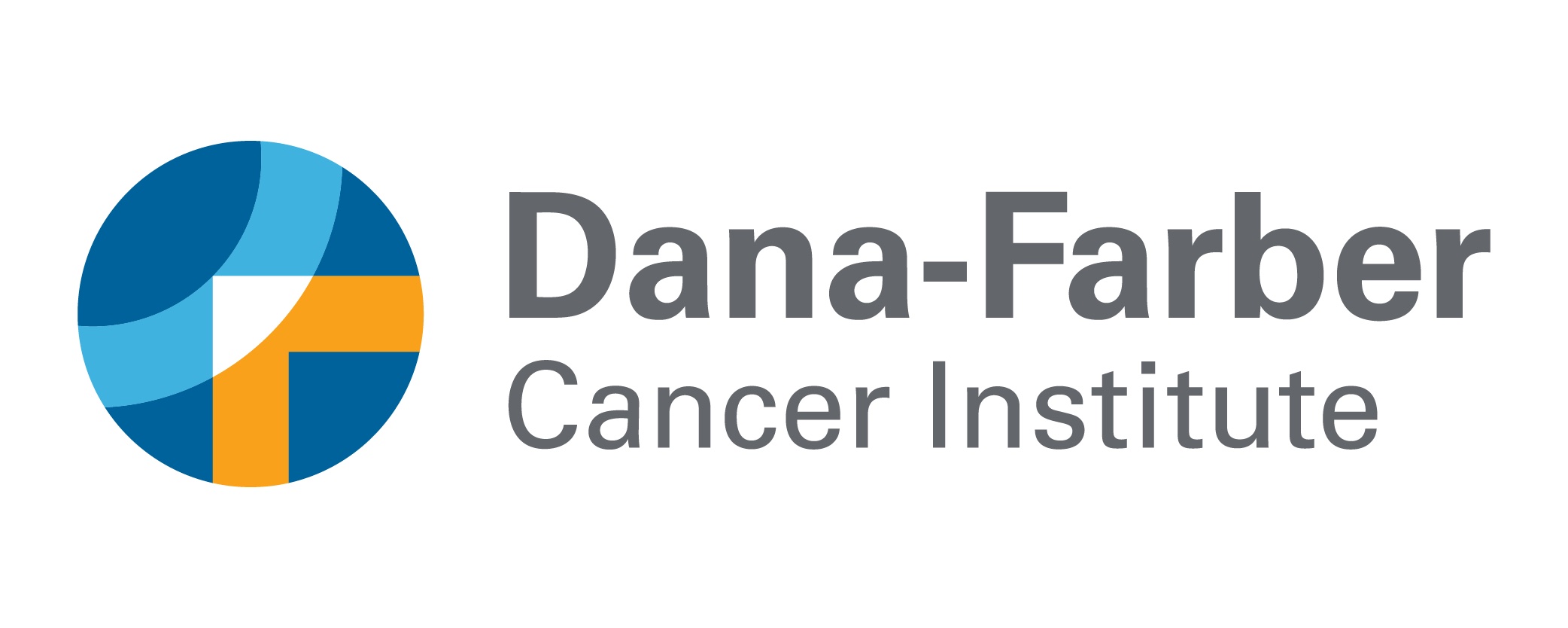Newswise — The ability to make, test, and map the atomic structure of new anti-cancer agents has enabled a team of Dana-Farber Cancer Institute scientists to discover a compound capable of halting a common type of drug-resistant lung cancer.
In a study to be published in the December 24/31 issue of the journal Nature, the researchers report that non-small cell lung cancers that had become invulnerable to the drugs Iressaâ and Tarcevaâ were stymied by a compound designed and formulated in a Dana-Farber lab. The compound, whose basic chemical framework is different from that of other cancer drugs, acts against a protein – known as an epidermal growth factor receptor (EGFR) kinase – that carries a specific structural defect.
“This type of drug discovery, in which an agent is developed for a specific gene or protein target, and then screened against cancer cells as well as in laboratory models, is rare in academic medicine,” says the study’s senior author Pasi A. Jänne, MD,PhD, of Dana-Farber and Brigham and Women’s Hospital (BWH). “This requires contributions from researchers in multiple disciplines and a coordinated approach to planning experiments and sharing results. That we accomplished this is evidence of the contribution academic medical centers can make to the quest for new cancer treatments.”
The study also illustrates how rapidly lung cancer research and treatment are advancing. It was less than five years ago that investigators at Dana-Farber and elsewhere traced some non-small cell lung cancers (NSCLCs) to mutations in the EGFR gene and discovered that Iressa and Tarceva slowed such tumors’ growth by targeting the abnormal EGFR protein. While the discovery has extended the lives of thousands of NSCLC patients around the world, EGFR blockers are only temporarily effective: after about eight months of treatment, the tumors begin to grow back. And because the drugs target normal EGFR protein as well as abnormal, many patients have severe side effects such as skin rashes and diarrhea.
All current EGFR inhibitors have a structural “backbone” known as a quinazoline core. They lodge in a notch on EGFR normally reserved for a molecule known as ATP, which delivers chemical energy to the cell. By blocking ATP from binding to EGFR, the inhibitors prevent EGFR from sending signals that are essential to keep the tumor cells growing.
Over time, however, the tumor cells develop additional abnormalities in EGFR, enabling them to recommence their growth, even in the presence of Iressa or Tarceva. The most common of these abnormalities – present in about 50 percent of patients with drug-resistant tumors – is known as EGFR T790M.
Dana-Farber investigators hypothesized that current agents lose their potency because they don’t bind as tightly or fully to the EGFR T790M protein as they ideally should. To improve the fit, researchers led by chemical biologist Nathanael Gray, PhD, prepared a group of inhibitors with a different structural scaffold, known as a pyrimidine core, which, it was thought, would mesh more thoroughly. They lab-tested the agents in NSCLC cells with EGFR T90M and found several that were up to 100 times more potent than quinazolines in restricting cell growth. As an unexpected bonus, these compounds were nearly 100 times less powerful at slowing the growth of cells with normal EGFR, suggesting they would be less likely to produce side effects than current drugs. The agent which performed the best is the pyrimidine WZ4002.
“This work provides a possible therapeutic chapter to a longstanding record of validating EGFR as a drug target,” says Gray. “This has involved the identification of activating mutations in EGFR as a predictor of drug response, the discovery of multiple drug resistance mechanisms, and the elucidation of how these mutations work at an atomic level.”
In follow-up experiments, Dana-Farber and BWH’s Kwok-Kin Wong, MD, PhD, screened the pyrimidine agents in mice with Iressa- and Tarceva-resistant NSCLC tumors driven by EGFR T790M, and found them to be highly effective at impeding tumor growth. Dana-Farber’s Michael Eck, MD, PhD, conducted crystallography studies to determine the molecular structure of the pyrimidines, providing a better picture of why they are so potent and how they target EGFR T790M cells so precisely.
“Not only did we determine that the compound WZ4002 could slow tumor growth, we also demonstrated that it is possible to selectively target the drug-resistant mutant EGFR in tumors, with relatively less effect on the normal EGFR in healthy tissues,” says Wong.
Much work remains to determine if WZ4002 and its chemical cousins will be effective therapies, the authors caution, but the discovery demonstrates the power of screening specially designed compounds against cancers with certain genetic quirks.
“Obviously these are very early days with respect to the possible use of these compounds in patients – we still have much to learn about their possible liabilities,” Eck remarks. “But I am optimistic that our approach is correct and that it will lead to an effective treatment for the thousands of non-small cell lung cancer patients worldwide who development resistance to Iressa and Tarceva every year.”
Other contributors to the study include lead author Wenjun Zhou, PhD, and co-first authors Dalia Ercan, Liang Chen, PhD, Cai-Hong Yun, PhD, as well as Danan Li, PhD, Marzia Capelletti, PhD, Alexis Cortot, MD, all of Dana-Farber; Lucian Chirieac, MD, and Robert Padera, MD, of Brigham and Women’s Hospital; and Roxana Iacob, PhD, and John Engen, PhD, of Northeastern University.
The study was supported by grants from the National Institutes of Health, the Cecily and Robert Harris Foundation, Uniting Against Lung Cancer, the Flight Attendant Medical Research Institute, the Hazel and Samuel Bellin research fund, and the Damon Runyon Foundation.
Dana-Farber Cancer Institute (www.dana-farber.org) is a principal teaching affiliate of the Harvard Medical School and is among the leading cancer research and care centers in the United States. It is a founding member of the Dana-Farber/Harvard Cancer Center (DF/HCC), designated a comprehensive cancer center by the National Cancer Institute.
